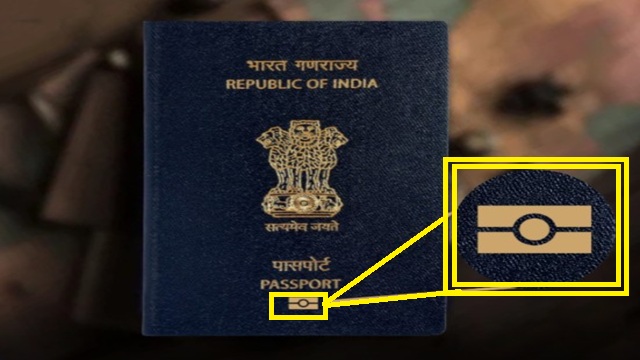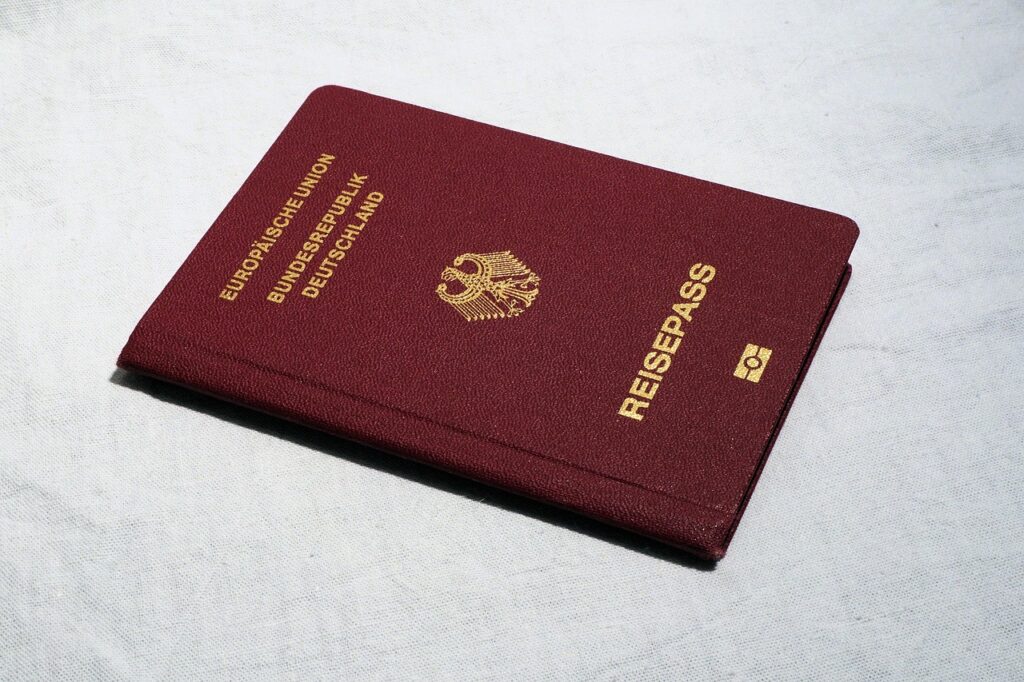In a significant digital jump, the Government of India has launched Passport Seva 2.0, a new-age and technology-based version of its passport facilities. One of the major features of this scheme is the rollout of e-passports — a high-tech and secure alternative to conventional booklets. These electronic passports have embedded chips and state-of-the-art security features aimed at making the process more efficient and minimising the risk of fraudulent activities.
If you’re going to apply for an e-passport, below are the step-by-step instructions on how to do it online via Passport Seva 2.0.

🌐What Is an E-Passport?
An e-passport is an ordinary passport with an electronic microchip embedded in it. The chip contains vital personal information, such as:The name of the holder
- Date of birth
- Passport number
- Photograph and biometric information
- Digital signature of the issuing authority1
The chip is ICAO compliant and provides fast and secure authentication at immigration checkpoints.
🔍What’s New in Passport Seva 2.0?
The Passport Seva 2.0 program aims to simplify passport services to be faster, safer, and more user-friendly. Some of the major improvements are:
- E-passport issuance
- Digitised application process
- AI-based document verification
- Real-time tracking
- Chatbot support and SMS notifications
- Improved integration with DigiLocker and Aadhaar

📝Step-by-Step Guide: How to Apply for an E-Passport Online
Step 1: Register on the Passport Seva Portal
Visit https://passportindia.gov.in and:
- Click on “Register Now”
- Fill in your details (name, date of birth, email, login ID, etc.)
- Create a password and complete the registration.
- You’ll receive a verification email — confirm your account.
Step 2: Log in and Choose “Apply for Fresh Passport/Reissue”
Use your credentials to log in
Select “Apply for Fresh Passport/Reissue”
Choose e-passport when prompted
Step 3: Fill out and Submit the Application Form
Fill in your address, family, and personal details
Upload supporting documents (date of birth, address proof, identity proof)
Validate and submit the form
Step 4: Book an Appointment
Select the closest Passport Seva Kendra (PSK) or Post Office PSK
Choose your desired date and time
Online payment of relevant fee (through net banking, UPI, credit/debit card)
Step 5: Attend PSK for Document Verification and Biometric
Bring original documents to get verified.
Your signature, fingerprints, and photo will be captured
The e-passport chip shall be encoded with your information
Step 6: Track Application Status
Utilise your login to track status online
You’ll also get SMS/email updates
Step 7: Get Your E-Passport
After approval, the e-passport is printed and sent to your registered address through Speed Post.

📄Documents Needed
Ensure you have these:
- Aadhaar card
- PAN card
- Proof of address (utility bill, bank statement, etc.)
- Date of birth proof (birth certificate, 10th mark sheet, etc.)
- Old passport (if reapplying)
✅ Advantages of E-Passports
Better security: More difficult to tamper with or forge
Quicker immigration: Readable by e-gates worldwide
Protection of data: Encryption in the chip for confidentiality
Universal acceptance: Meets ICAO standards
🛂Last Thoughts
Introduction of Passport Seva 2.0 and e-passports is a revolutionary move towards India’s digital revolution. As a frequent traveller, student, or first-time passport seeker, making an e-passport application has never been easier, quicker, or more secure.
Therefore, wait no more! Visit the Passport Seva Portal and enjoy the next generation of passport service.

❓Frequently Asked Questions (FAQs)
1. How does a regular passport differ from an e-passport?
A regular passport is an actual booklet with your own information printed inside. An passport has all that, plus a secure microchip embedded in the front cover, which holds your personal and biometric information digitally.
2. Is applying for an e-passport different from applying for a regular passport?
No, the process of applying is largely the same. But with Passport Seva 2.0, when you apply for a new or re-issued passport, you could receive an passport as of right, subject to availability and deployment in your area.
3. Do I have to apply separately for an e-passport?
There is no need to apply separately. When you make an application through the Passport Seva Portal for a fresh or reissued passport, you would be automatically eligible for an passport, subject to eligibility and rollout status.
4. Is the e-passport compulsory for all citizens of India?
Until now, passports are issued in phases and are not obligatory. If you already possess a valid ordinary passport, you may keep on using it until it expires.
5. Can I convert my existing passport to an e-passport?
Yes, you may apply for reissue of your passport (even prior to expiry) to obtain an passport, subject to its availability in your city. Normal fees will be charged.
6. What do I do if the chip in my e-passport is damaged?
In case the chip is damaged or is not functioning when being scanned, you might be required to apply for a replacement passport. Keep your passport away from water and physical damage.
7. Is the e-passport travel-ready?
Yes, passports are as valid and accepted all over the world. They are in compliance with ICAO standards, hence making international travel easier and more secure.
8. What are the security features that are embedded in an e-passport?
An passport consists of:
- secure RFID chip
- Digital signature
- Public Key Infrastructure (PKI) technology
- Tamper-resistant design
These elements make it much harder to steal or counterfeit identities.
9. Are children’s passports also being released as e-passports?
Yes, it is possible to issue passports for children too, following the same procedure. There is some variation in the collection of biometric data based on the age of the child.
10. How long does it take to obtain an e-passport?
The time taken for processing is like that of an ordinary passport, usually:
- Ordinary application: 7–15 working days
- Tatkaal application: 1–3 working days (after scrutiny)